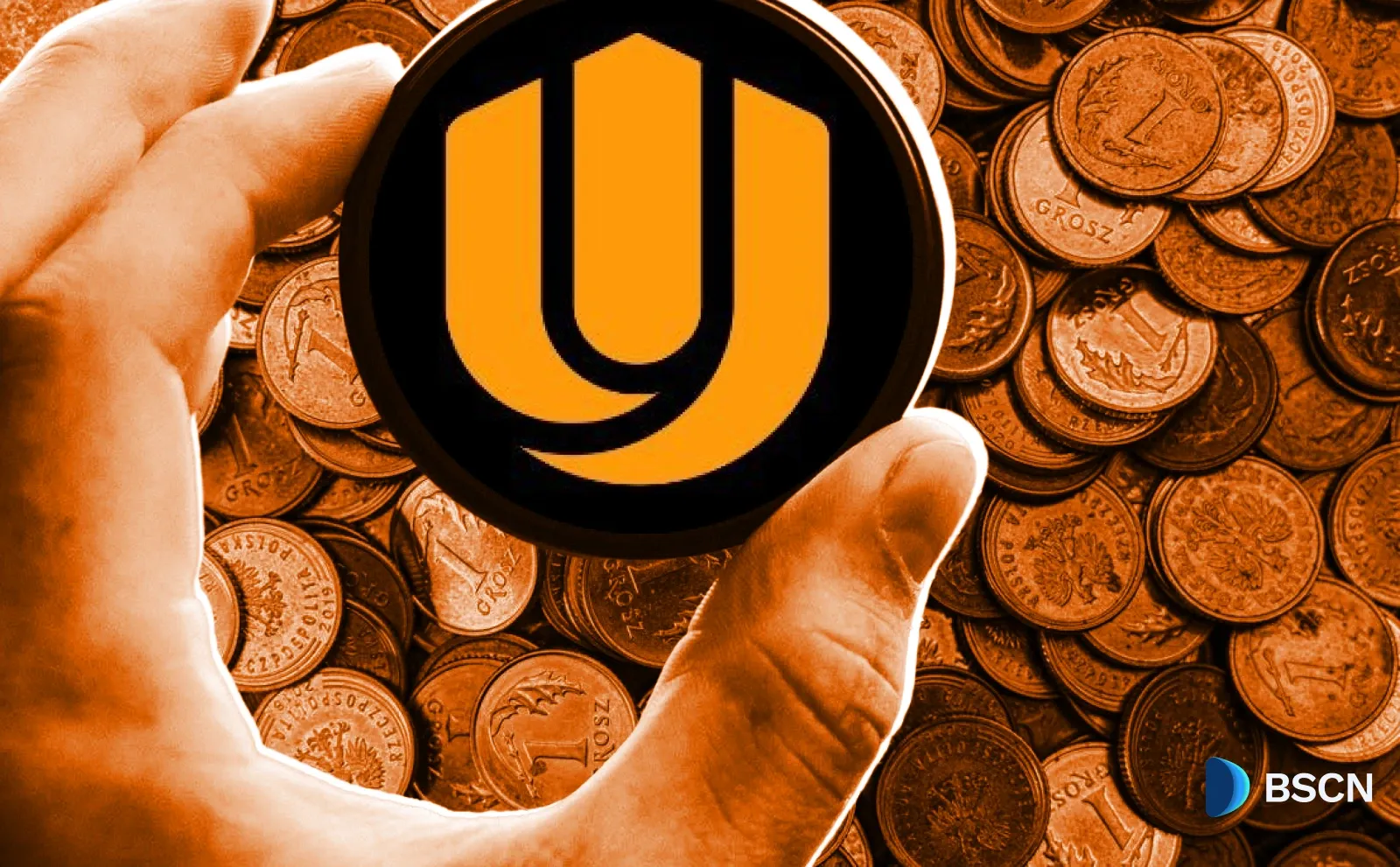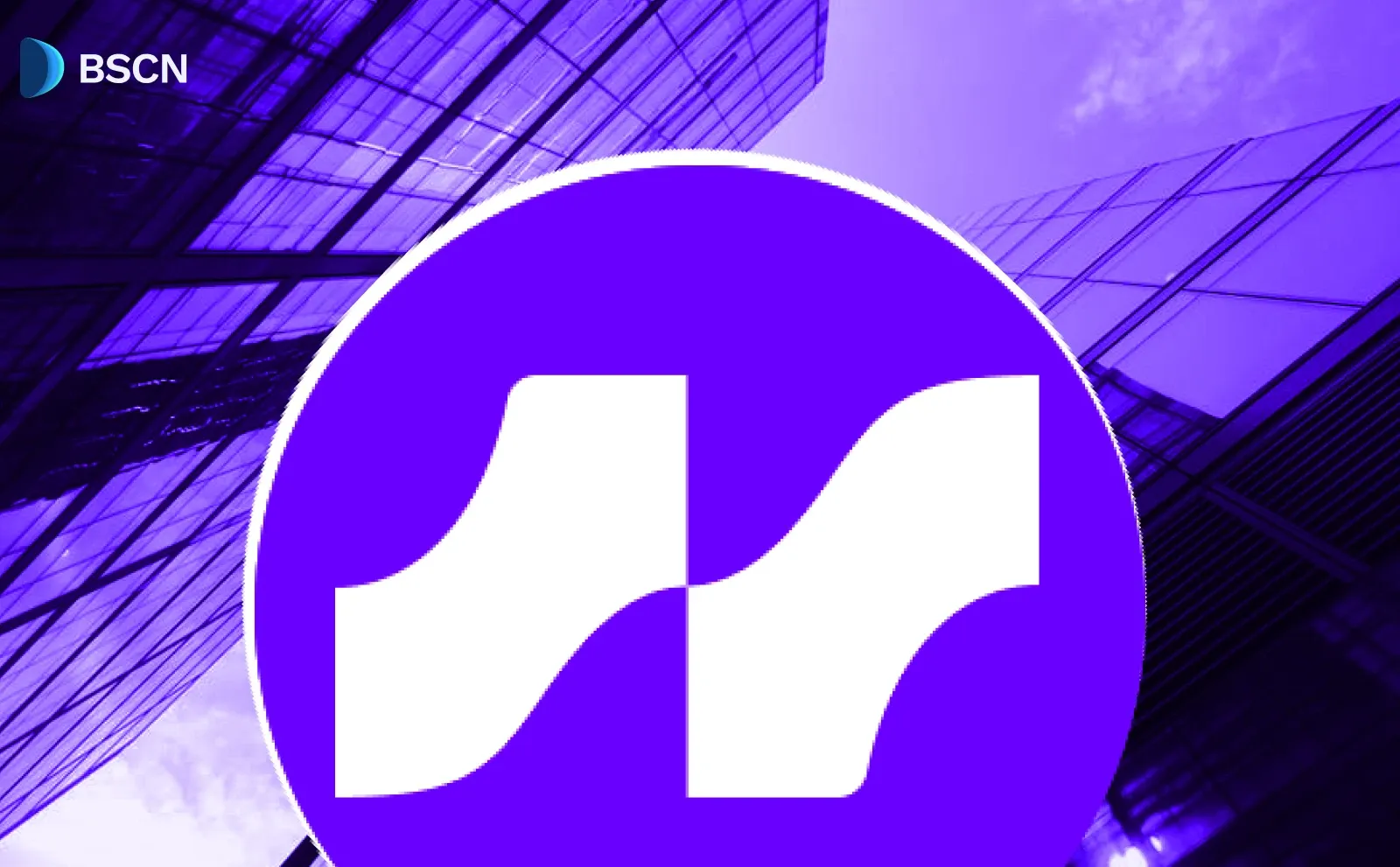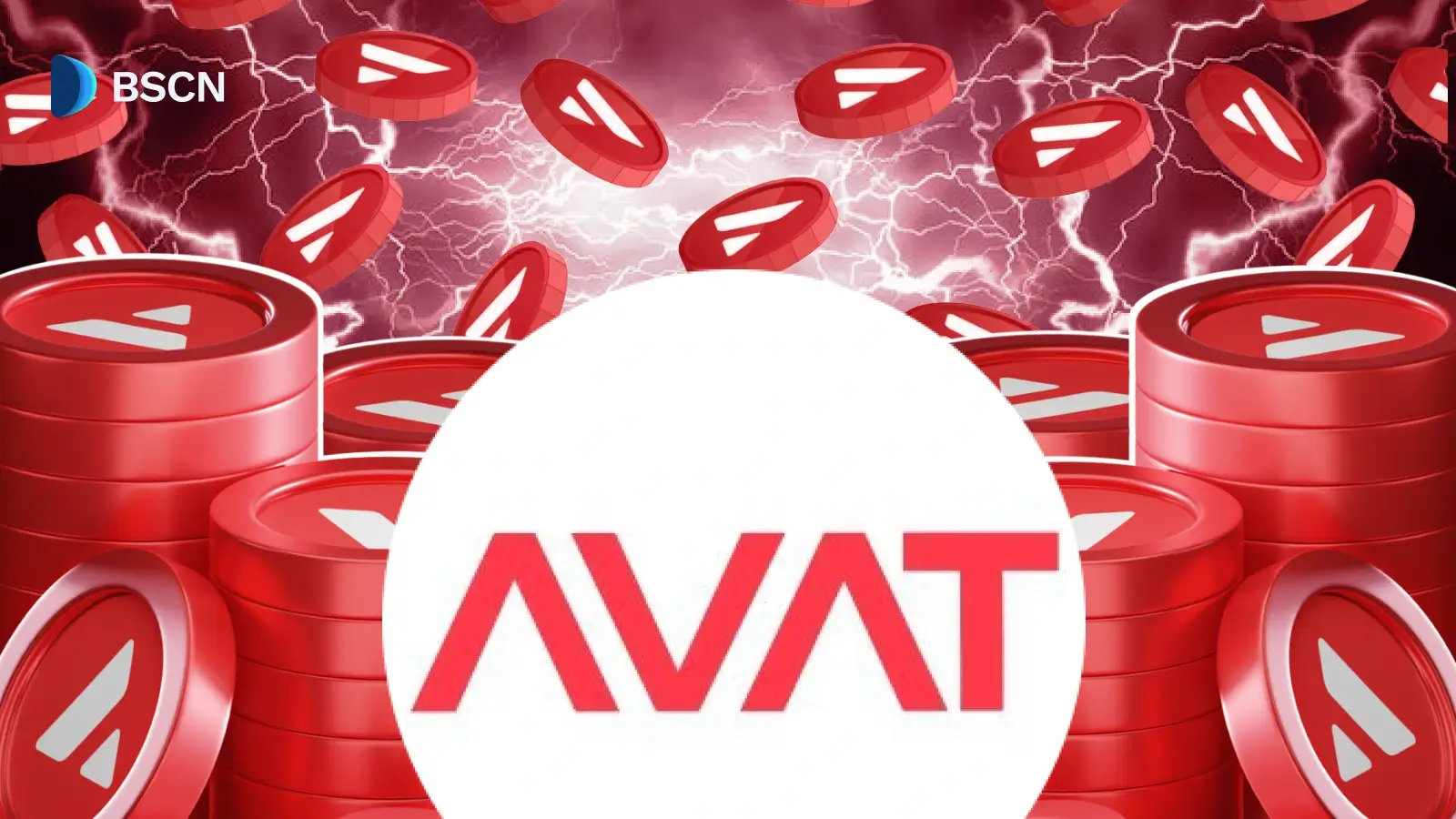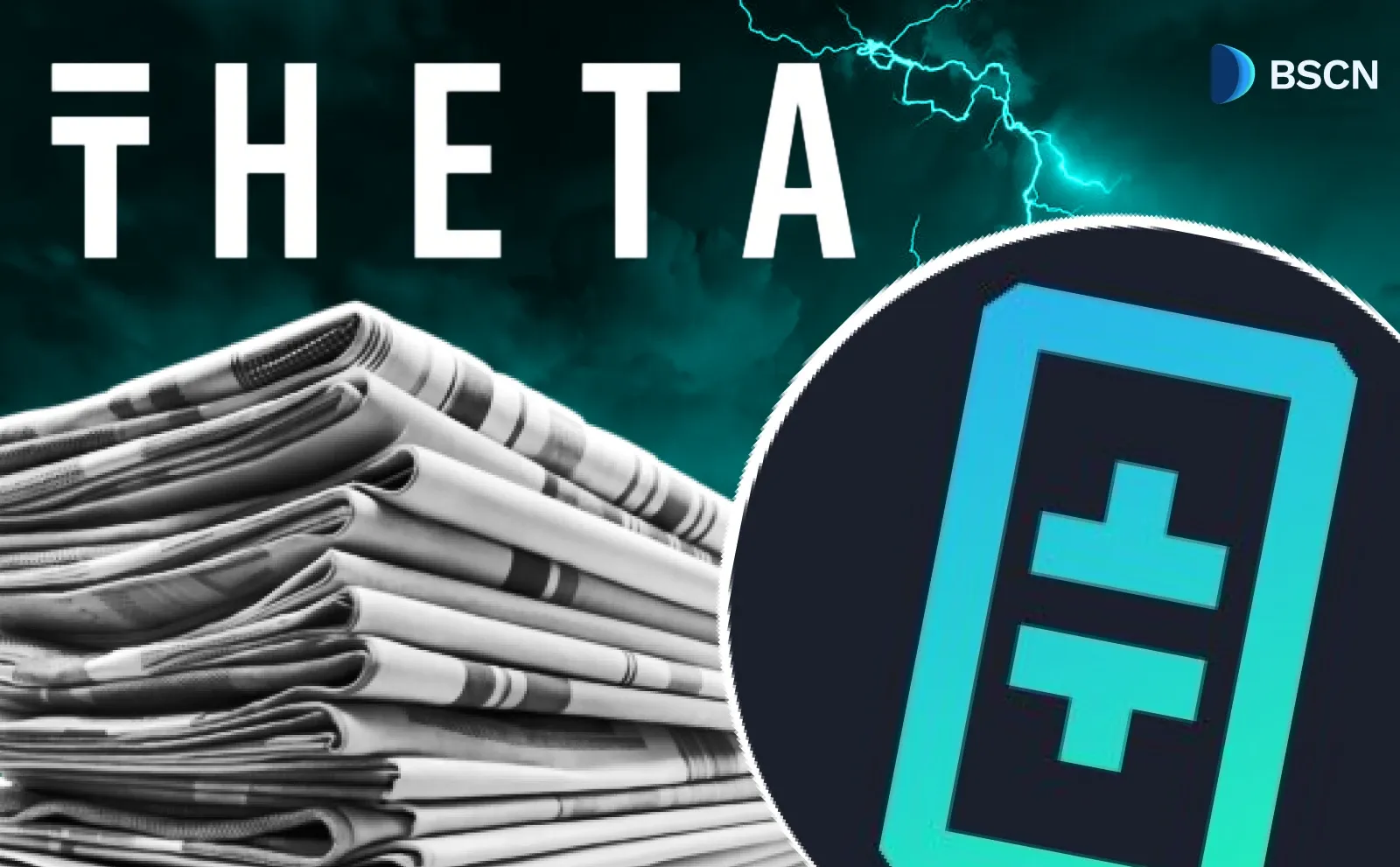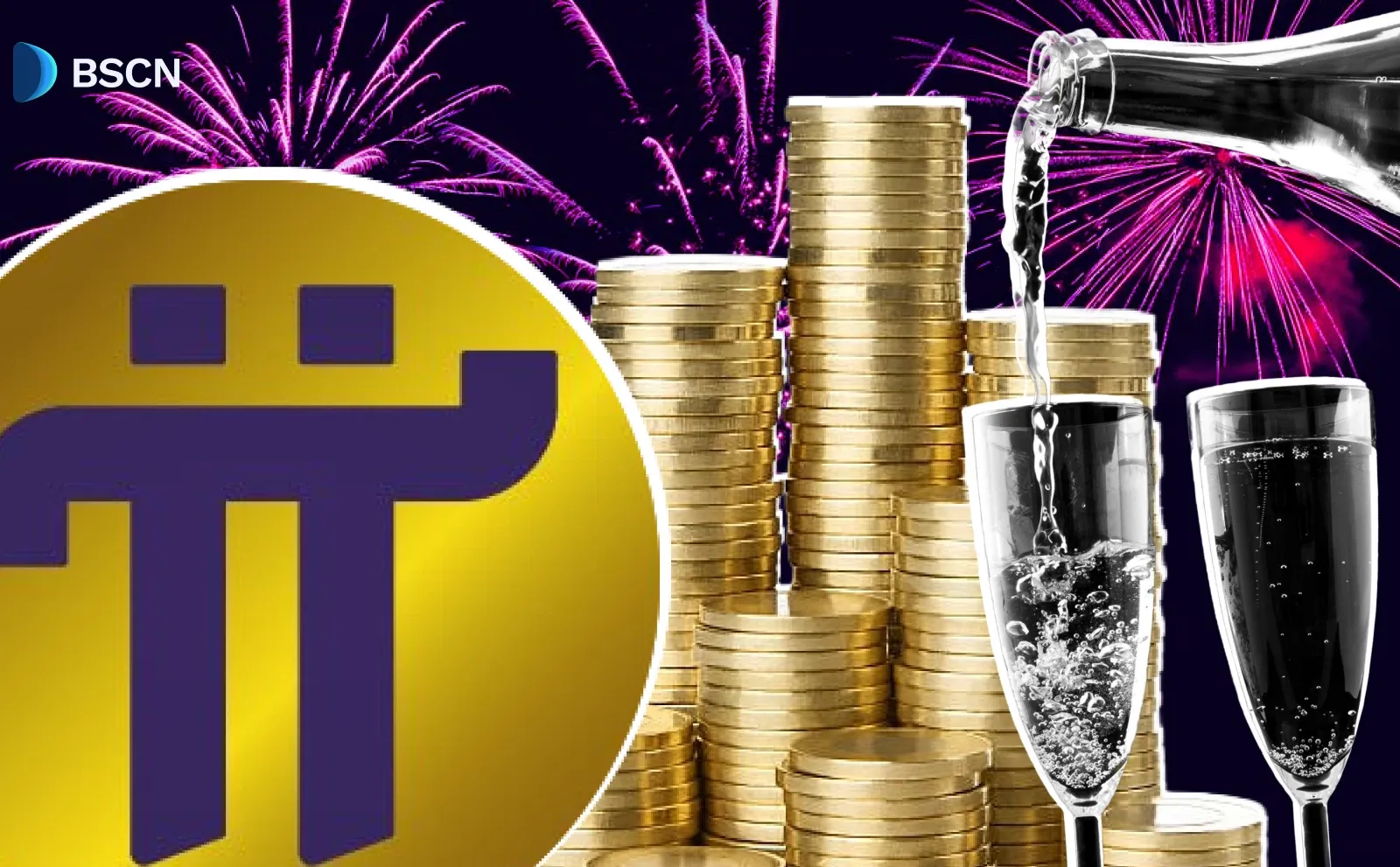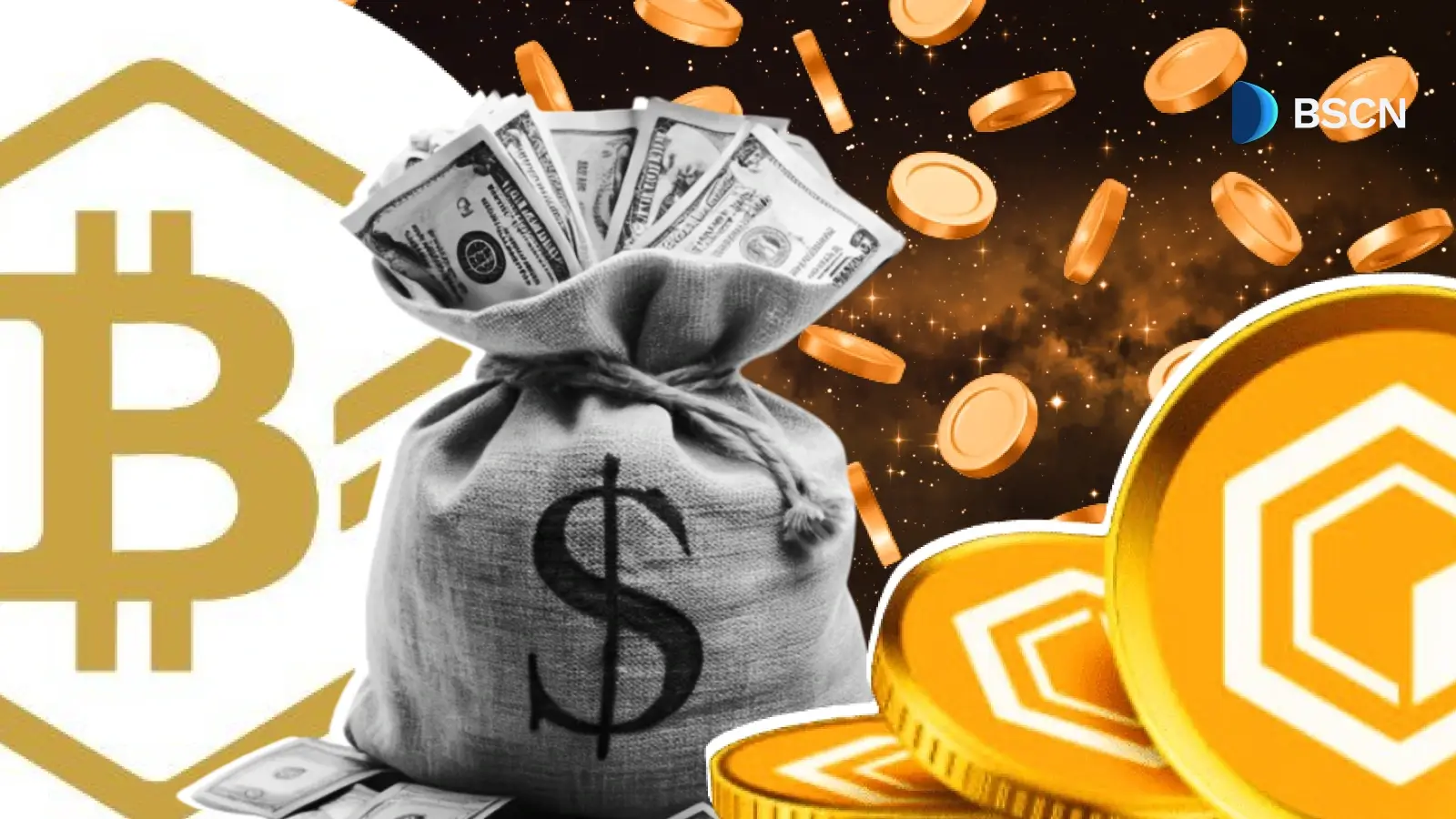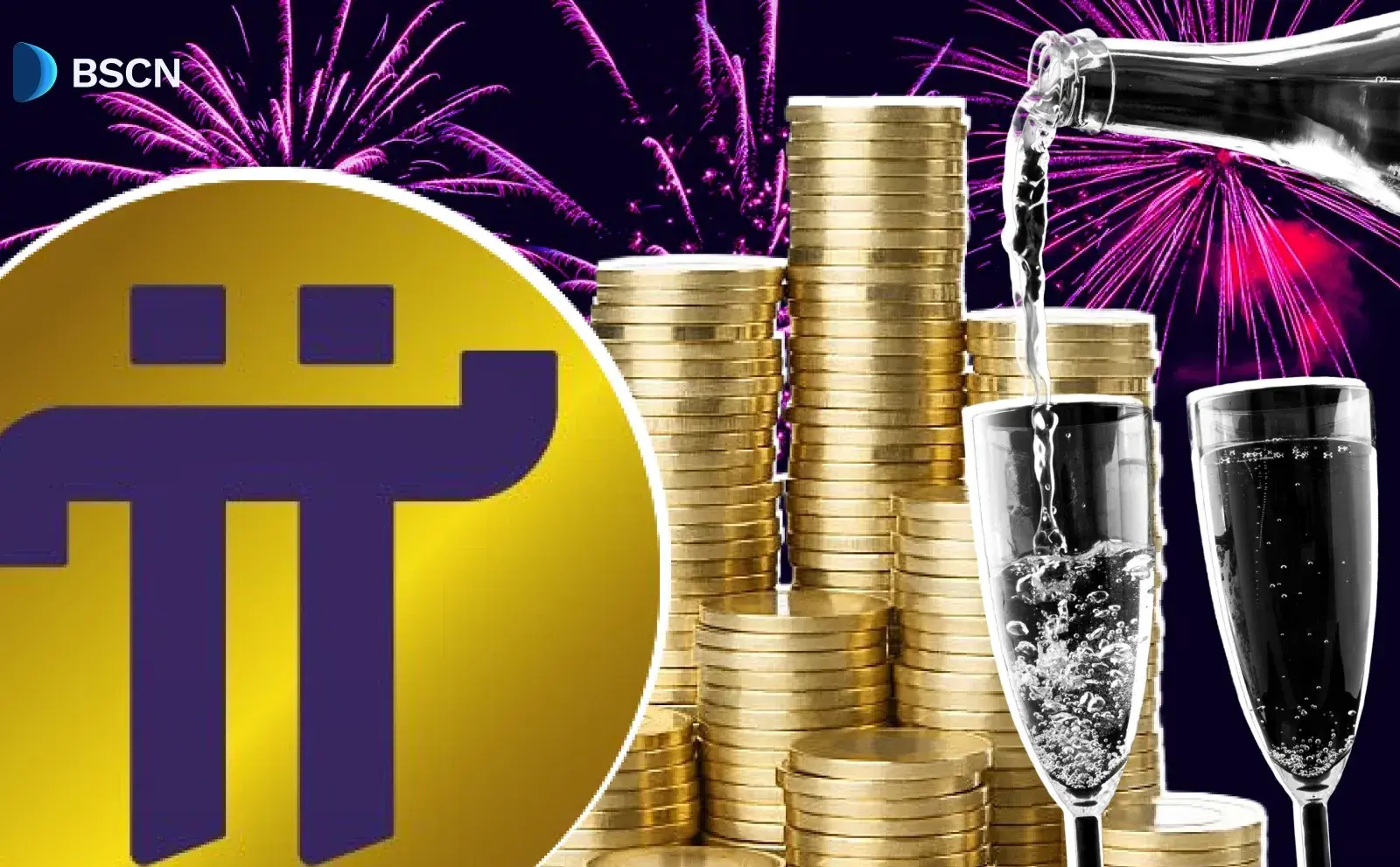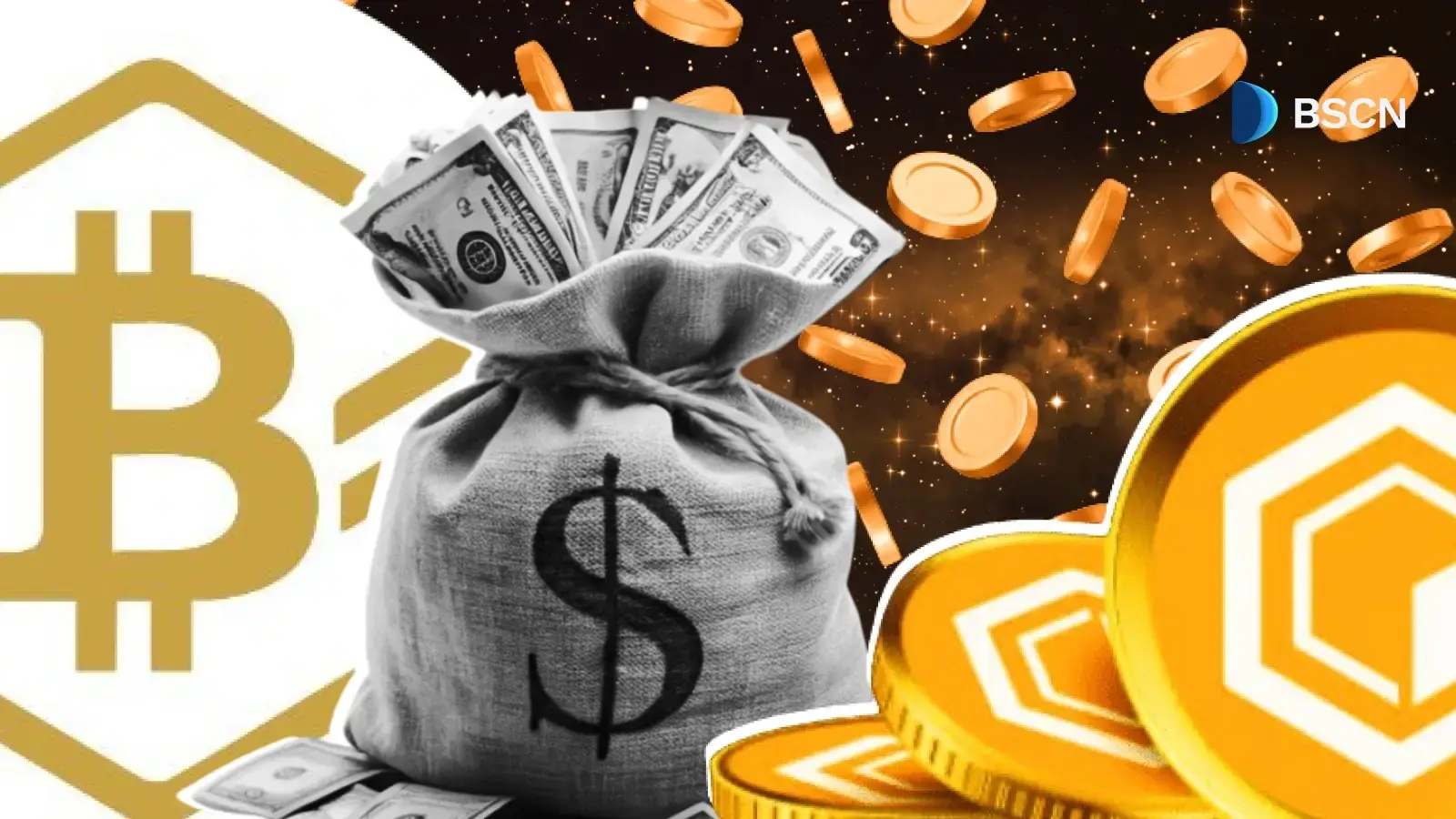Deepdive
Tea Protocol Explained: How it Works, Testnet, Airdrop & More
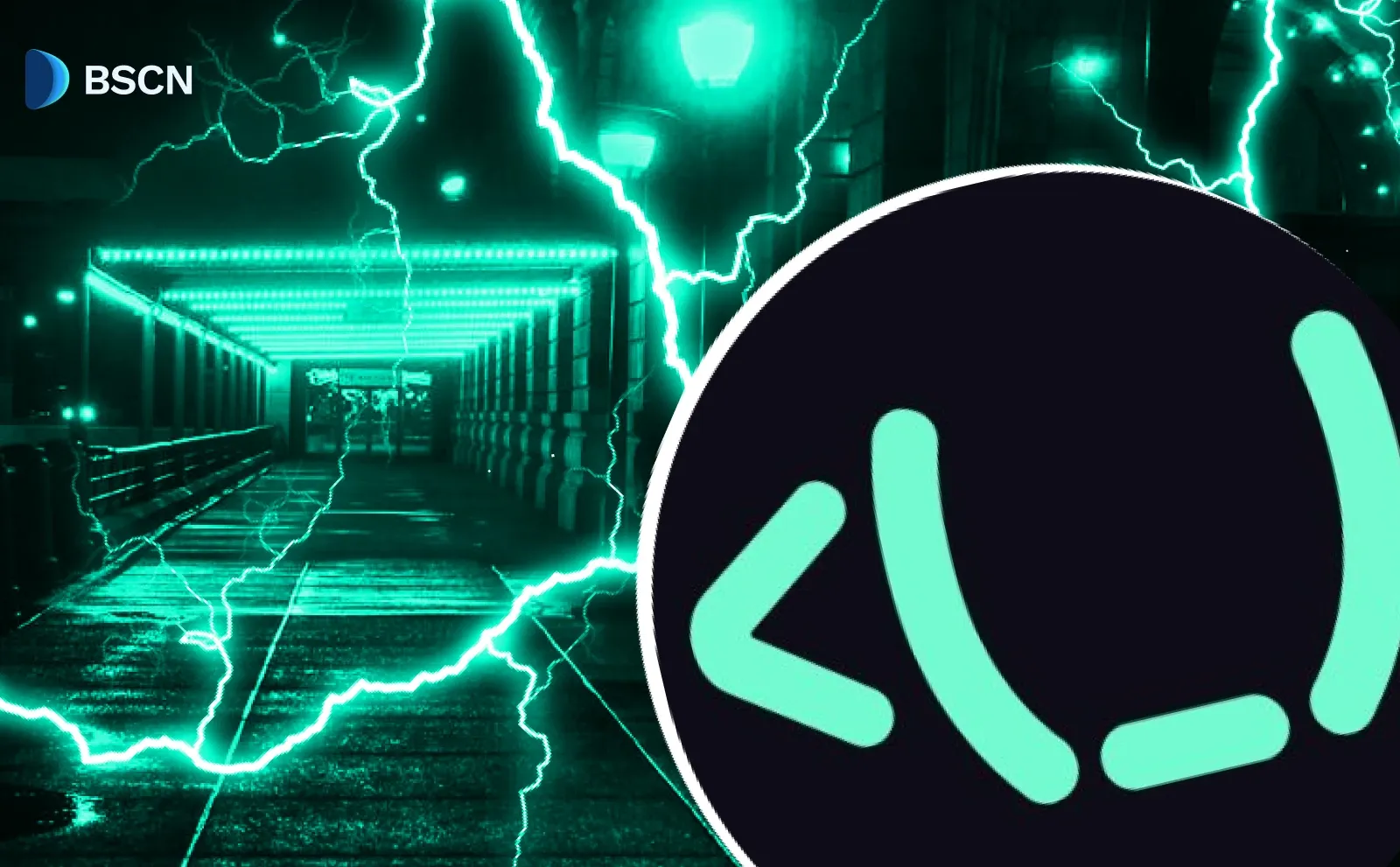
Discover Tea Protocol, the TEA token, and how it incentivizes open-source development and innovation.
UC Hope
September 30, 2025
Tea Protocol, a decentralized platform built on the Base blockchain, is making significant progress in the blockchain industry by offering a new way to reward Open-Source Software (OSS) developers. With its unique Proof of Contribution system, TEA token incentives, and a focus on community engagement, the protocol aims to address long-standing issues of recognition and funding in the OSS ecosystem.
The protocol’s Proof of Contribution consensus mechanism assesses project impact through a scoring system called teaRank, requiring a minimum score of 25 out of 100 for eligibility in rewards. Developers register projects on supported package managers, such as npm, PyPI, RubyGems, Homebrew, Crates, APT, and pkgx, via the Tea web app. There, they establish a project constitution to access ranks and rewards on the OSS leaderboard.
The system integrates with GitHub for commit verification and has connected over 610,000 GitHub accounts, with more than 16,000 packages registered during its testnet phases. Partnerships, including with Hugging Face through pkgx, highlight its role in securing software supply chains via vulnerability reporting and staking mechanisms.
With its testnet live and potential airdrop for users, here’s an in-depth look at what Tea Protocol is, how it works, and what it means for developers and the broader Decentralized Finance community.
What Is Tea Protocol?
Tea Protocol is a blockchain-based platform designed to support OSS developers by providing tangible rewards for their contributions. Built on Base, a layer-2 solution from Coinbase, it addresses the lack of recognition and financial support for maintainers of critical yet often overlooked software. Led by Max Howell, the creator of the widely used Homebrew package manager, Tea Protocol combines Web3 technology with a mission to sustain the open-source ecosystem.
The protocol has secured funding totaling $16.9 million from investors, including Binance Labs, WAX, StrongBlock, and Betaworks. It enables community involvement through staking, donations, and governance, while emphasizing supply chain security. For instance, users can report vulnerabilities, and the system verifies commits to prevent unauthorized changes. This approach has led to the protocol securing over 73 million real-time accounts, 5 million commits, and 24,000 developer accounts.
Developers interact with the protocol by registering their projects on the Tea web app, which connects to compatible package managers. Once registered, projects appear on the OSS leaderboard, where teaRank influences the allocation of rewards. The protocol's design allows for decentralized governance, with decisions managed by the TEA Association and teaDAO. This structure supports a sustainable model for open-source maintenance, where contributions are rewarded based on verifiable impact rather than arbitrary assessments.
How Proof of Contribution and teaRank Work
The heart of Tea Protocol is its Proof of Contribution algorithm, a system that measures the value and influence of OSS projects. Unlike traditional metrics, it examines a project’s role within the broader ecosystem, including its frequency of use, dependencies, and overall contribution to software development.
Each project receives a dynamic score called teaRank, which determines its daily rewards in TEA tokens. For instance, projects with a higher teaRank, those that are heavily relied upon by other software, receive more rewards.
While these projects with high teaRank are rewarded, there’s a threshold. Only projects scoring 25 or above out of 100 qualify for teaRank-based payouts, a rule designed to prevent spam and ensure fairness. Community members can also stake TEA tokens to support projects, adding another layer of rewards beyond teaRank scores.
Key Components of Tea Protocol
TEA Token: The Fuel of the Ecosystem
The TEA token serves as an ERC-20 token with governance features, featuring a total supply of 100 billion tokens and an annual inflation rate capped at 2%. Emissions are tied to network activity, with unclaimed rewards recirculated into the system.
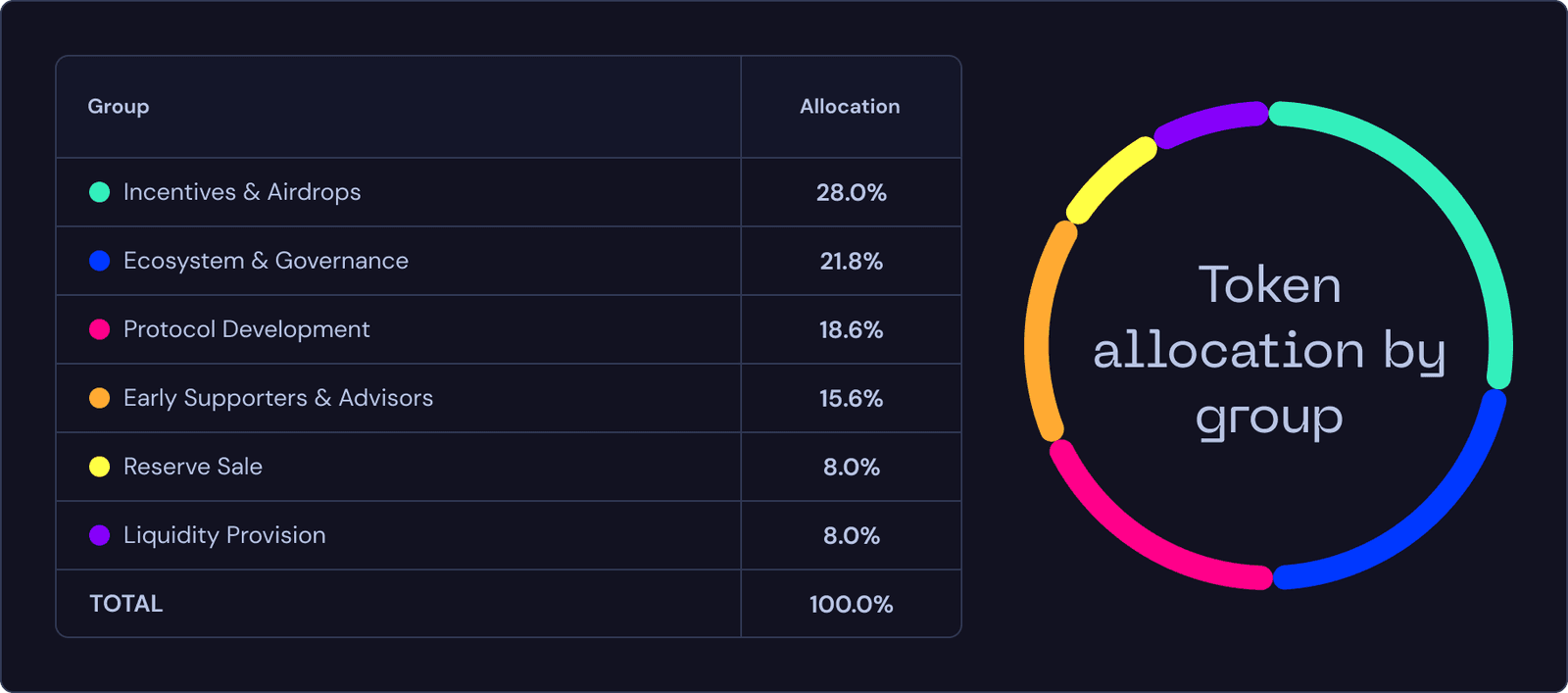
The token's distribution as obtained from the protocol’s website is as follows:
- 28% to incentives and airdrops, including for testnet participants;
- 21.8% to an ecosystem and governance fund;
- 18.6% to protocol development;
- 15.6% to early supporters and advisors;
- 8% to reserve sale;
- 8% to liquidity production.
At the mainnet launch, approximately 20% of tokens will enter circulation, with investors and contributors subject to 12-month vesting cliffs. Token holders use TEA for staking on open-source projects, paying gas fees on the network, and participating in governance through teaDAO.
Rewards are generated from staking, governance involvement, and network emissions resulting from activity and fees. Airdrops are planned for early project registrants, holders of high teaRank scores, active stakers, and those reporting vulnerabilities.
In September 2025, a pre-sale began on CoinList at a fully diluted valuation of $50 million, offering 4% of the network with full unlock at purchase and a bottom-up allocation method to ensure equitable access for participants. This sale emphasized community participation, providing discounts compared to prior venture capital rounds.
teaBASE
teaBASE offers a suite of developer tools designed to facilitate secure configurations, including Git setup, package management, and dotfile synchronization. It integrates with the Tea Protocol to offer security features, including verified signed commits via GitHub, intuitive package handling for Homebrew and pkgx, security ratings, and recommendations for improvements. An open-source extensions marketplace allows community contributions.
The tool streamlines workflows by automating setups and enhancing security, with downloads available from GitHub. It has contributed to securing millions of accounts and commits, supporting developers in maintaining safe repositories.
Testnets and KYC: Building Toward Mainnet
Tea Protocol has rolled out several testnets to refine its system and build community momentum. The latest, ITN Sepolia, launched on March 31, 2025, is currently ongoing and can be accessed at app.tea.xyz. Described as the “final testnet before mainnet” in an X post, Sepolia focuses on real developers, with rewards tied to on-chain activity and a strict no-bot policy enforced by KYC. The network operates under chain ID 10218, with RPC access at https://tea-sepolia.g.alchemy.com/public.
To participate, users claim test TEA from a faucet, create an attested account using zkPass KYC, and confirm an EVM wallet to receive rewards. The testnet rolls out features in phases: Phase 1 covers setup and exploration, while Phase 2 introduces staking.
Speaking of KYC, it is a requirement for anyone looking to participate and claim rewards, including the upcoming airdrop. Using zkPass, a privacy-focused tool, users connect an EVM-compatible wallet, install the zkPass TransGate Extension, and verify through an exchange like Binance. A recent blog post by the protocol details the process, which has excluded residents of countries like the U.S., Russia, and Iran due to sanctions.
Earlier testnets, like Assam, recorded 349 million wallets but highlighted bot-related issues, prompting the team to pivot toward verified participation. Over 50,000 users completed KYC within 72 hours of Sepolia’s launch, a milestone indicating strong community interest.
Roadmap: Airdrop, Mainnet, and Beyond
The Tea Protocol roadmap tracks its progress. The TGE hit on December 31, 2024, with the token contract live at Etherscan. Testnets followed in 2025, alongside community expansion efforts in Q1, like registering OSS projects and adding package manager support.
The mainnet, initially slated for June 12, 2024, is now listed as “Soon,” but given the testnet timeline and several protocol updates, it is likely to be launched in Q2 2025.
Recent activities include the Velodrome partnership, which has facilitated liquidity and strong pre-sale participation from diverse regions. Metrics show over 610,000 GitHub connections and 16,000 registered packages. Tea Protocol's components work together to reward contributions, secure supply chains, and enable governance. The TEA token supports these functions through staking and fees, while teaBASE aids in secure development. The Sepolia Testnet has tested these elements, preparing for the mainnet, where testnet points will convert to rewards for verified users.
Future plans include airdrops for early registrants, high teaRank holders, and active participants.
The upcoming TEA token airdrop is a significant draw, targeting testnet participants from ITN Base, Sepolia, and other networks. Points earned will be converted to tokens, but only for those who complete KYC using the same EVM wallet used during testing.
In a nutshell, the airdrop will be available for the following users as outlined in its Roadmap:
The Tea Protocol will reward the most active participants with airdrops. Airdrops will be allocated to projects that registered early, developers who register multiple projects with a qualifying teaRank, individuals who interact frequently with the protocol, whether to stake or claim rewards, and developers who post multiple valid vulnerability reports across multiple projects.
Final Thoughts
Tea Protocol is a response to a real problem. OSS developers often work for free, despite their code powering the internet. With $16.9 million in backing, the platform offers a sustainable model that blends algorithmic rewards with community staking. Its cross-compatibility with tools like npm and PyPI ensures accessibility, while KYC and teaRank aim to keep it fair and spam-free.
For developers, it’s a chance to earn from their work. For the industry, it’s a step toward a healthier software supply chain. As the mainnet solidifies and airdrops roll out, Tea Protocol could reshape how OSS is valued.
Sources:
- Tea Protocol Website: https://tea.xyz/
- Public Sale on Coinlist: https://icodrops.com/tea/
- Tea Protocol X Account: https://x.com/teaprotocol
- Tea Protocol analysis: https://coinlaunch.space/projects/tea-protocol/
Frequently Asked Questions
What is the TEA token used for?
The TEA token, an ERC-20 standard, is used for staking on open-source projects, paying network gas fees, governance voting via teaDAO, and earning rewards based on contributions and activity.
How do developers register projects on Tea Protocol?
Developers register via the Tea web app by connecting to supported package managers like npm or Homebrew, creating a project constitution, and achieving a teaRank of at least 25/100 for reward eligibility.
When is the Tea Protocol mainnet launch?
The mainnet is estimated for the fourth quarter of 2025, following the Sepolia Testnet launched on March 31, 2025, with rewards from prior testnets distributed post-launch for attested participants.
Disclaimer
Disclaimer: The views expressed in this article do not necessarily represent the views of BSCN. The information provided in this article is for educational and entertainment purposes only and should not be construed as investment advice, or advice of any kind. BSCN assumes no responsibility for any investment decisions made based on the information provided in this article. If you believe that the article should be amended, please reach out to the BSCN team by emailing [email protected].
Author
 UC Hope
UC HopeUC holds a bachelor’s degree in Physics and has been a crypto researcher since 2020. UC was a professional writer before entering the cryptocurrency industry, but was drawn to blockchain technology by its high potential. UC has written for the likes of Cryptopolitan, as well as BSCN. He has a wide area of expertise, covering centralized and decentralized finance, as well as altcoins.
Latest News
Crypto Project & Token Reviews
Project & Token Reviews
Comprehensive reviews of crypto's most interesting projects and assets
Learn about the hottest projects & tokens
